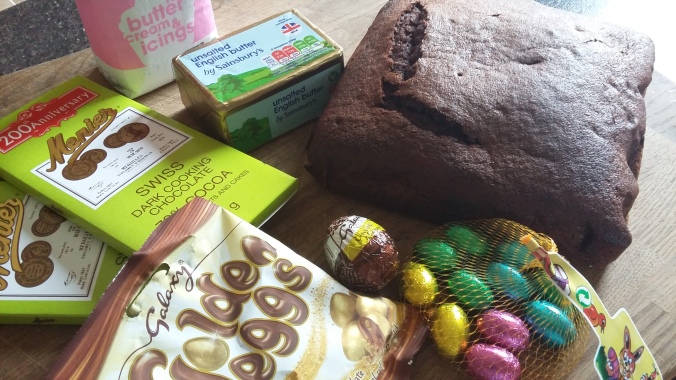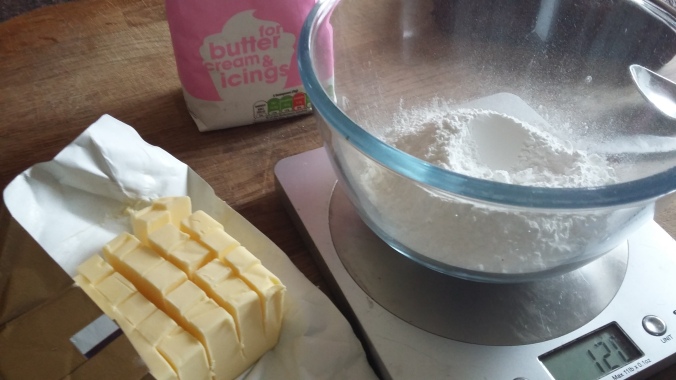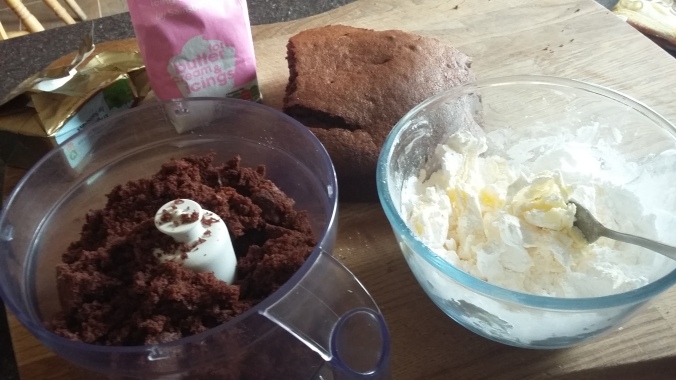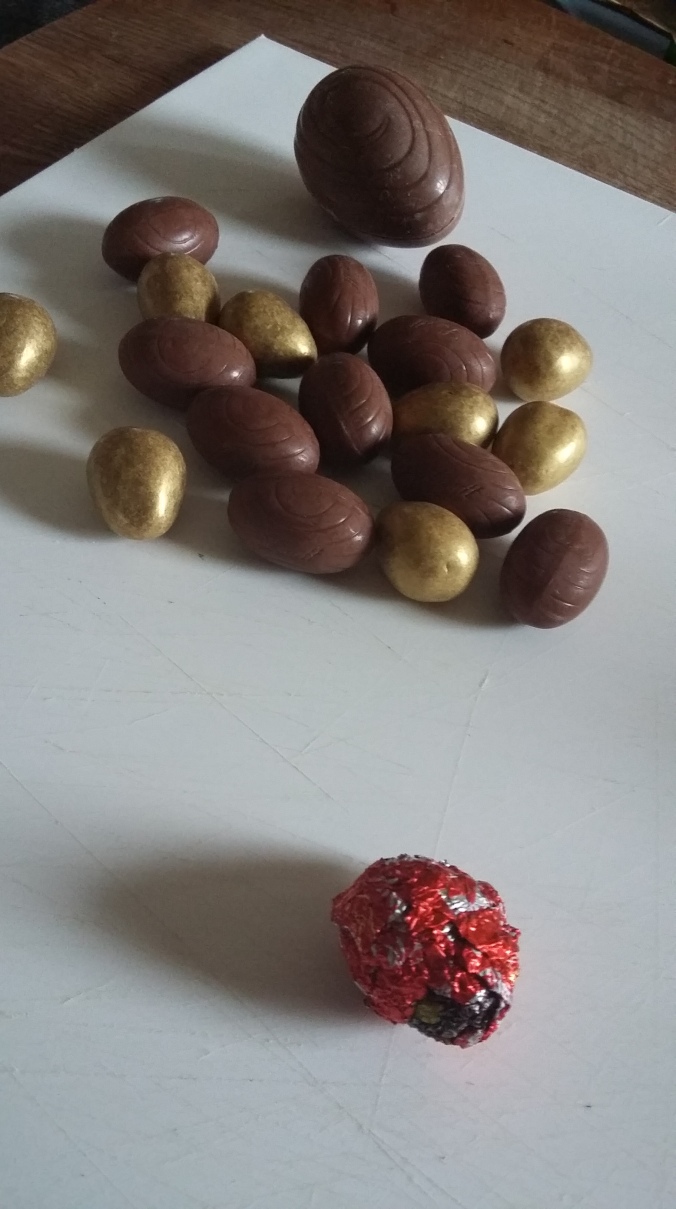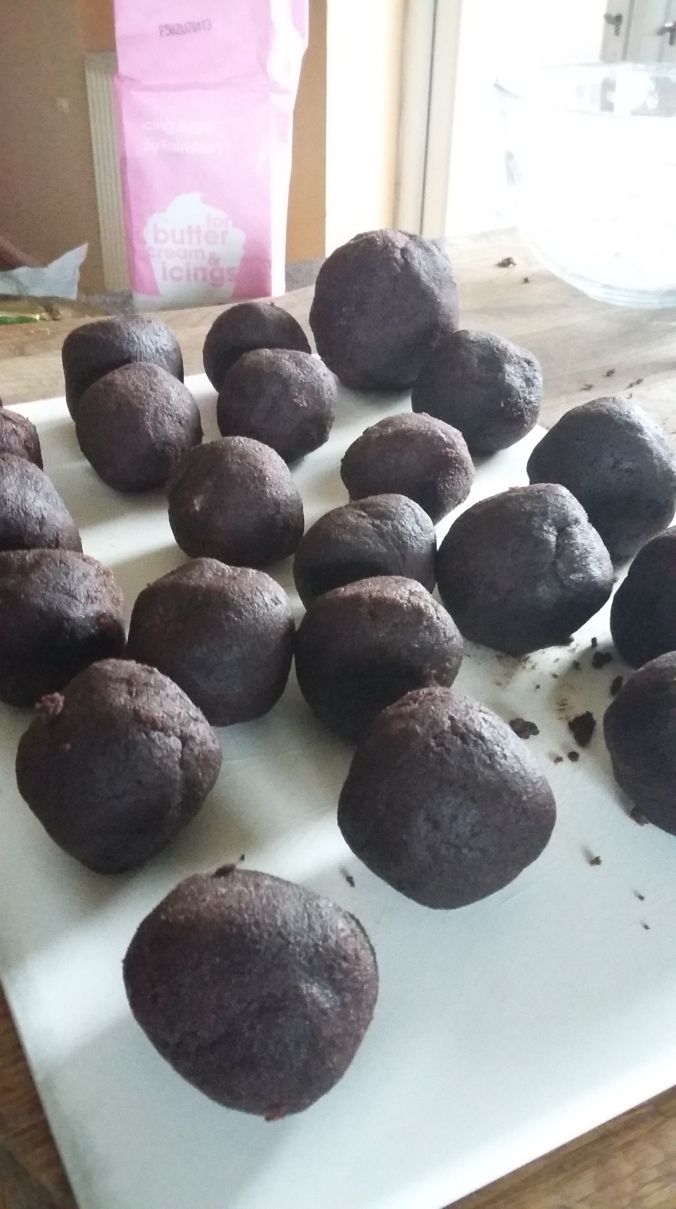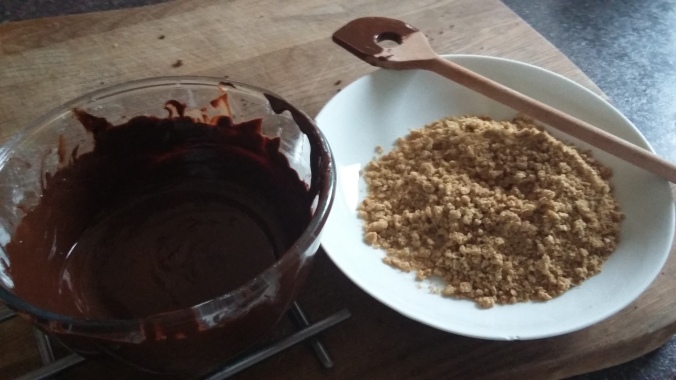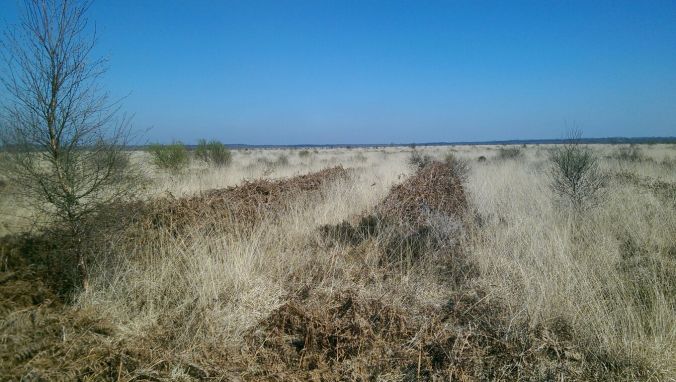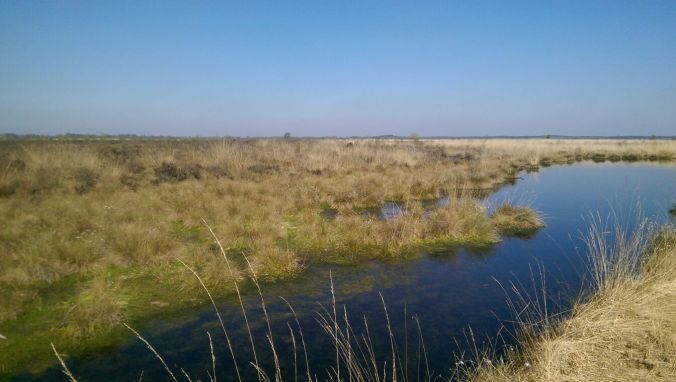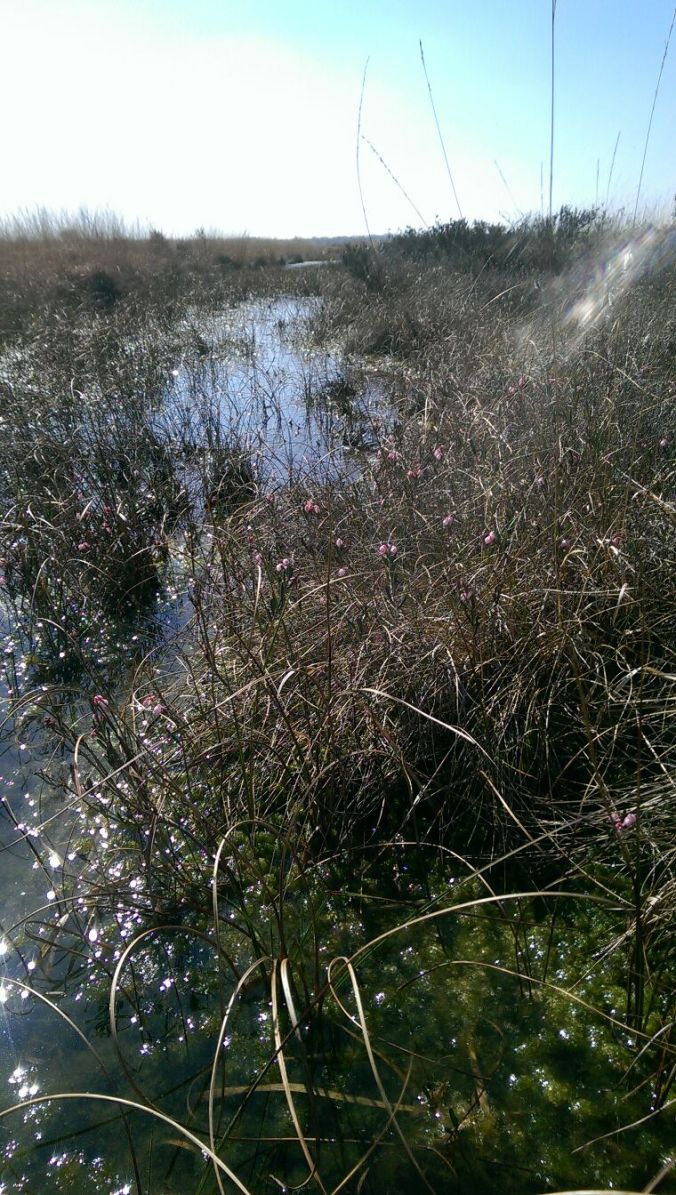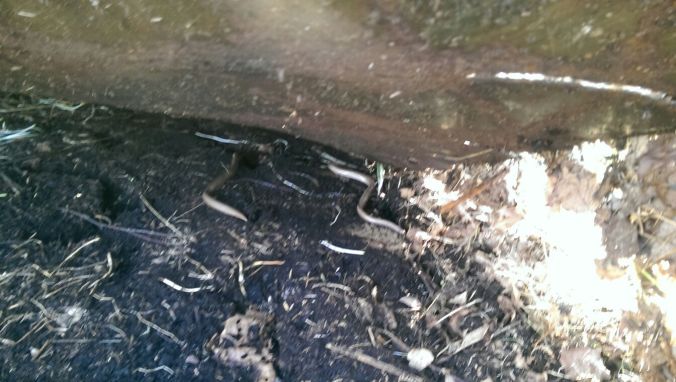It’s interesting to watch reactions when you say you’re off to look for snake’s head fritillaries. It is an odd combination of words and most people seem to break it up into its two parts and simply hedge their bets, meaning they either end up with a reptile or a butterfly. However the true meaning is small and purple (sometimes) and wonderfully charming.
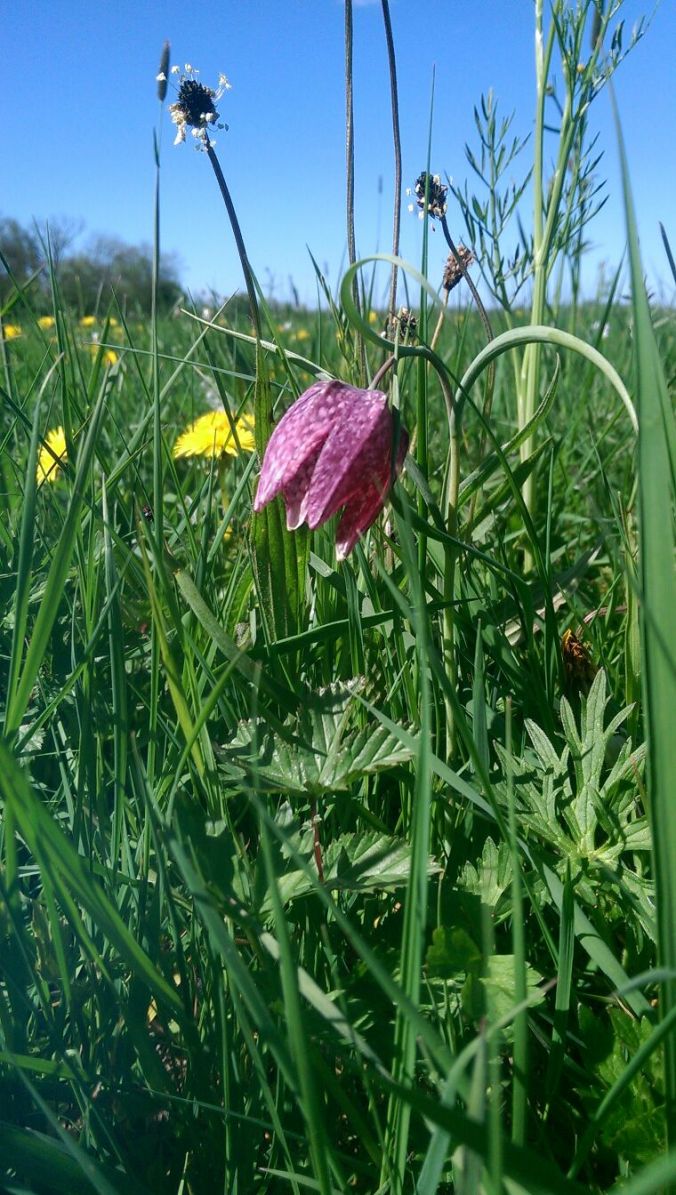
Little known and little seen the snake’s head fritillary is a rather stunning wildflower. In England it is restricted to only a few dozen ancient grasslands, areas managed with traditional methods, where fertilisers and pesticides have failed to reach.

A great deal of conservation sweat, blood and tears has gone into saving these spectacular places, and in particular into stopping this plant from disappearing from our countryside entirely. Yet for many the question remains as to whether we should be fighting to save this rarity at all, as it may be that the snake’s head fritillary was never actually supposed to be here.
The phrase ‘non-native species’ may be familiar to many people, and certainly is on the tip of the tongue of any person working in the conservation industry, but what can be puzzling is when we should apply it. Afterall everything is non-native to Britain if you go far enough back, when glacial ice sheets and inhospitable conditions scoured this country of any living creatures. For some species recolonisation has been a slow process and we’re certainly still missing a great deal of what we once had (and have lost of great deal of what we got back due to our own efforts to tame our countryside). Yet few would argue that anything which found its way here more than 1,000 years ago could be considered non-native. Yet even today new species still manage to reach us through their own steam, some reclaiming lost territory (such as the crane) and some just enjoying our changing climate (like the collared dove). For the most part those that make their own way here are accepted and even encouraged (who in their right mind would tell little owls to pack their bags and head back across the channel). Indeed it seems the title non-native (and the stigma carried with it) is most frequently used for those species which were assisted by human hands (or the vehicles they created).
Today many modern non-natives, those brought across to pretty up our gardens or accidentally carried in the mud on our channel hopping tyres, are causing havoc in our ecosystems, which simply haven’t evolved to deal with them. Himalayan balsam swamps and outcompetes native wildflowers, rhododendron fills our woodlands with nothing more than a tangled mess and Japanese knotweed has everyone heading for the hills. Indeed in conservation the words ‘non-native’ are often followed by ‘invasive’ and ‘control methods’ and irradication seems the only way to stop them taking over our countryside. Yet some non-natives simply settle here, find their niche and grow happily within our fields and hedgerows, a small part of a tapestry of life.
Many non-natives have been here a very long time. So long we’ve forgotten they never belonged here, such as the nettle, brought over by the romans to cure arthritis, or the rabbit, a tasty snack delivered by the Normans. Even our large and twisted sweet Chestnuts are only considered honorary natives because they’ve outlasted their foresters by many a century. It’s strange to wonder what we might see today if human hands had never accidentally, or intentionally, brought these strangers to our shores. It certainly would be a rather different scene.
So the concept of non-natives is a strange and bizarre thing. They can cause immense environmental (and economic) damage, yet nature has no borders and may wing its way here at any time (even elephants have been known to island hop). Some arrived centuries ago, others are arriving now and many will arrive in the future. Certainly for those which turn invasive (taking over and killing or outcompeting our native species) control is essential, but where does the fritillary fit in?
The debate as to whether the snake’s head fritillary is a non-native has raged for decades, however the evidence is pointing to its arrival on our shores some 400 years ago, initially as a garden plant. Brought by human hands this beautiful tiny flower has no more right to be here than the devastating Himalayan balsam. Yet as one ecologist pointed out to me as we walked through the meadow on our way to survey this year’s blooms; what does it matter if they’re non-native or not. Afterall, 400 years is a decent amount of time for us to claim it as our own. It has found its niche and settled there rather sedately. Few people would suggest we try to rid ourselves of the non-native nettle or sweet chestnut. For those non-natives which are not invasive and do simply find their own little corner within our countryside, whether transported by humans or not, perhaps we should just accept them as our own and enjoy the extra diversity they give our green spaces.
And this is how I find myself kneeling in the long lush grass of the Lugg Meadows, a metal quadrat (1 metre square frame for marking out the survey area) before me, running my fingers across blades of grass trying to pick out the somewhat fatter, waxier leaves of the snake’s head fritillary. I’ve wanted to visit a fritillary meadow ever since I first saw the chequered surface of this delicate looking flower in a magazine. A drooping tulip shaped bloom the snake’s head fritillary is largely photographed in its wonderful purple form, however a ghost-like white version can also found.
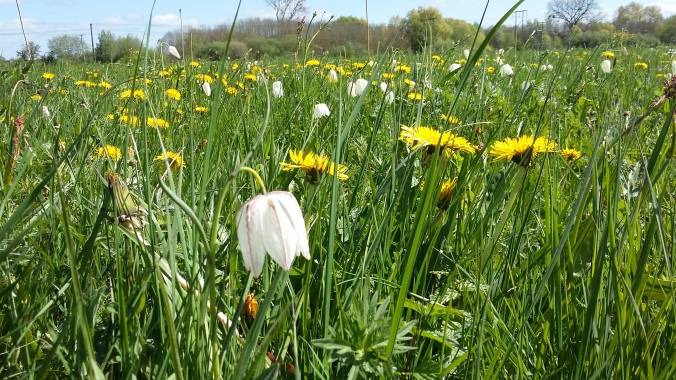
At Lugg Meadows in fact it’s this paler form that dominates, with only a few scattered purple companions. Though equally wonderful to see I must say I prefered its more colourful form, for the simple reason that the fascinatingly geometric pattern, looking more like the creation of a high-tech printer than nature, is often missing from the white fritillary.
The fritillary count had been organised by the Herefordshire Wildlife Trust, whose reserve it was, and the Floodplain Meadows Partnership, who are keen to engage people in the importance of these wonderful habitats. Lugg Meadows is an amazing complex of sites, nearly 40 hectares in size. Wandering through the tall grass between quadrate (the locations for which had been marked out with bamboo canes to ensure the same areas were surveyed each year) I saw more wildflowers than I could name. Many hadn’t yet opened their blooms, such as tubular water dropwort (a long name for a very pretty and delicate flower) and my favorite, meadowsweet. However some early flowers were already enjoying the spring sun. The pale pink petals of the cuckoo flower were everywhere, as were the aptly named golden disks of the meadow buttercups. Scattered in between were the nodding heads of the fritillaries, strangely unassuming surrounded by the visual noise of the rest of the meadow.
Our job, as volunteers, was to count and record the fritillaries in our quadrat. These counts are done every year and not only monitor the rise or decline of the population, they also reveal valuable insights into the life-cycle of this tiny plant. One recent discovery is that in bad years bulbs can lay dormant, sending out a single leaf and no flower at all.

It might not seem a hard job, laying in a meadow beneath a beautiful blue sky looking for flowers, but fritillary leaves can look amazingly grass-like. For those not yet in flower rubbing blades between my fingers was the only surefire way I found to complete the count. And yet despite this technical trickiness I can’t say it’s a tough day’s work. As we knelt there, counting leaves and measuring heights, green woodpeckers laughed at us from the bushes, skylarks called out from the ether and the occasional small white butterfly flitted across the flower heads.
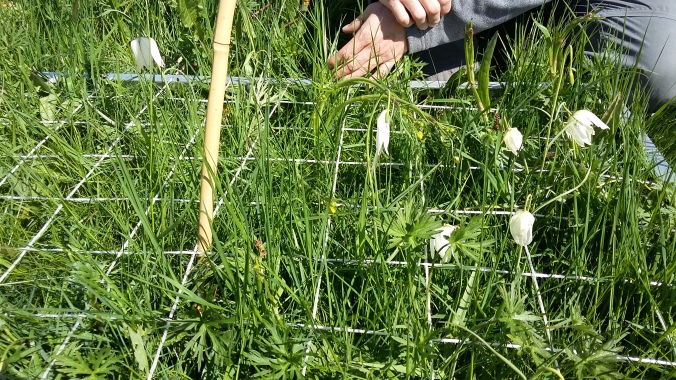
By the end of the day I was more familiar with the snake’s head fritillary than I had ever intended to be all those years ago when I first decided I should see them. And though I may have been a sceptic at first about this non-native’s place in our countryside I now agree that they have found their home, both in our meadows and in our hearts. And afterall, saving the snake;s head fritillary doesn’t just alter the fate of this one little flower, it means many of our meadows can continue to bloom, with all the other flowers, birds and insects which thrive within them.

